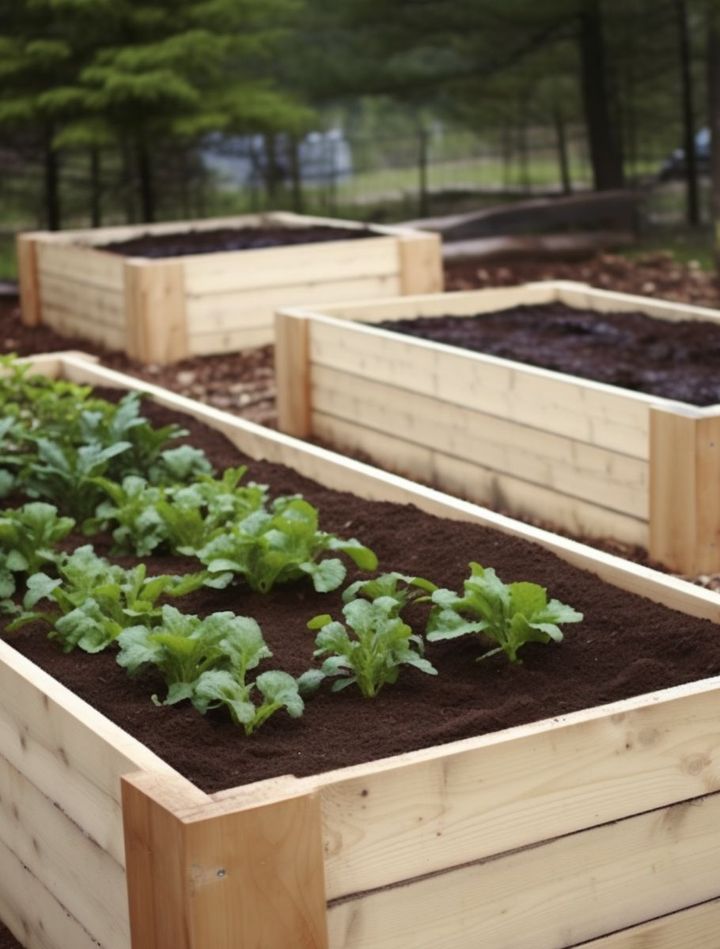Using Improper Planting Depth:
ADVERTISEMENT

ADVERTISEMENT
10 common mistakes when people do raised bed gardening + how to avoid them
Mistake: Planting seeds or seedlings too deep or too shallow can hinder their establishment.
Solution: When planting seeds or seedlings, follow the instructions on the seed packets or plant tags. Generally, small seeds should be planted shallowly, while larger seeds can be planted deeper. For transplants, create a hole deep enough to accommodate the root ball and cover it with soil up to the original soil line.
Forgetting about Weeds:
Mistake: Ignoring weed growth in raised beds can deprive plants of essential nutrients and water.
Solution: Regularly inspect your raised beds for weed growth. As soon as you spot weeds, pull them out by hand or use a handheld weeding tool to remove them. Mulching around your plants with organic materials like straw, wood chips, or compost can help suppress weed growth.
Failing to Monitor Pests and Diseases:
Mistake: Neglecting to monitor for pests and diseases can lead to infestations that devastate your garden.
Solution: Regularly check your plants for signs of pests or diseases. Look for chewed leaves, discolored spots, or other symptoms of distress. Use integrated pest management (IPM) techniques, such as handpicking pests, using neem oil spray, or introducing beneficial insects to control pest populations. For diseases, promptly remove infected plant parts and avoid overhead watering to prevent waterborne diseases.
Not Adding Organic Matter Regularly:
Mistake: Over time, organic matter in raised beds decomposes, leading to a decline in soil quality.
Solution: Each year, before planting new crops, replenish your raised beds with organic matter. Add a layer of compost, aged manure, or well-rotted kitchen scraps and work it into the top few inches of soil. This practice enriches the soil with nutrients, improves soil structure, and supports beneficial soil microorganisms.
Neglecting Seasonal Adjustments:
Mistake: Failing to adapt raised bed gardening practices to changing seasons can lead to poor results.
Solution: Adapt your gardening practices based on the changing seasons. In hot summer months, increase watering frequency and provide shade for heat-sensitive plants. In colder seasons, consider using row covers or cloches to protect delicate plants from frost. Select appropriate crops for each season and plan your planting schedule accordingly to maximize your raised bed garden’s productivity.
ADVERTISEMENT
ADVERTISEMENT
